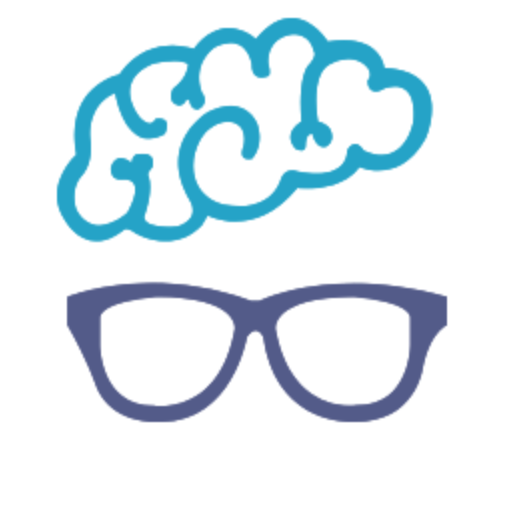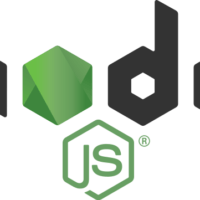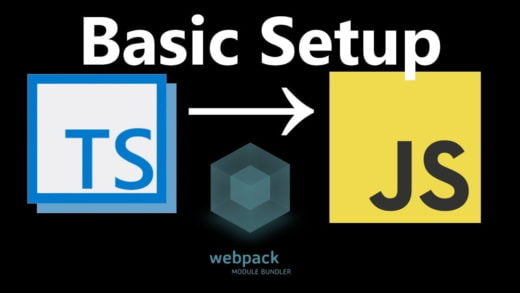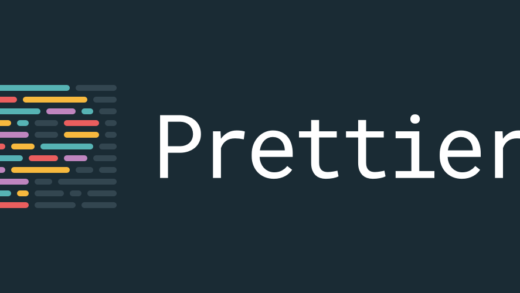
Key Components of a Successful Enterprise Integration Framework
Integrating diverse IT systems and applications within a million-pound enterprise is no small challenge, with high stakes for enterprise solution architects, IT managers, CTOs, and their staff. A successful enterprise integration framework could mean the difference between operational efficiency, data accuracy, and business agility. Today, this blog post will explore key components of an effective integration framework and offer new insight and practical considerations for its implementation. Understanding Enterprise Integration Frameworks An enterprise integration framework is integral for heavy-duty enterprises due to the complex web of interlinked systems. These frameworks ensure seamless communication among disparate systems, seamlessly synchronizing data across various platforms, effectively creating an IT ecosystem where information flows seamlessly while supporting key business processes. Successful integration frameworks must address a range of complex factors, including different technology stacks and data formats, as well as scaling issues. To meet this objective while still offering high performance and reliability levels. A clear understanding of this foundational understanding is vital when dissecting an integration framework successfully. Data Modeling’s Importance in Today’s Society Data modeling is an integral component of enterprise integration frameworks. It involves defining and organizing data to ensure its integrity across integrated systems, making data modeling even more essential in larger enterprises with large volumes and complex information structures. Data modelling’s primary goal is to create a unified view of data that all systems can easily understand and process by mapping out how data entities relate to one another, outlining flows, and setting governance policies for it. Effective data modelling can significantly reduce redundancies and errors for more effective management and decision-making. Data modeling serves as the cornerstone of effective data integration, laying out the path toward cohesive systems that speak the same language and adhere to uniform standards. This essential harmony ensures data integrity is upheld while simultaneously creating seamless integration. Middleware as the “Glue” Middleware serves as an intermediary that facilitates data and application exchange among disparate applications within an enterprise, often serving as the glue that holds different elements of an IT environment together. Middleware solutions range from message brokers and API gateways to enterprise service buses (ESBs). Middleware is essential to large enterprises for optimizing performance and reliability, including load balancing, transaction processing, and security enforcement. Tasks that must be accomplished to maintain stable systems. Middleware provides an abstraction layer that enables multiple applications to interact without understanding one another’s inner workings. Middleware plays an indispensable part in ensuring that components of an enterprise integration framework operate seamlessly. Taking care of communications and data exchange issues enables systems to focus on their core functionalities more readily. Implement Scalability and Flexibility Solutions Scalability is a critical element in the success of an enterprise integration framework. Heavy- duty enterprises must be ready to handle fluctuating workloads and data volumes without jeopardizing performance, so having a scalable framework in place allows businesses to manage any sudden spikes in activity as efficiently as possible. Flexibility is equally essential to successful framework design, enabling it to adapt quickly to changing business requirements and technological advances. Modular architectures and microservices that can be independently deployed are often employed to facilitate this ...


















